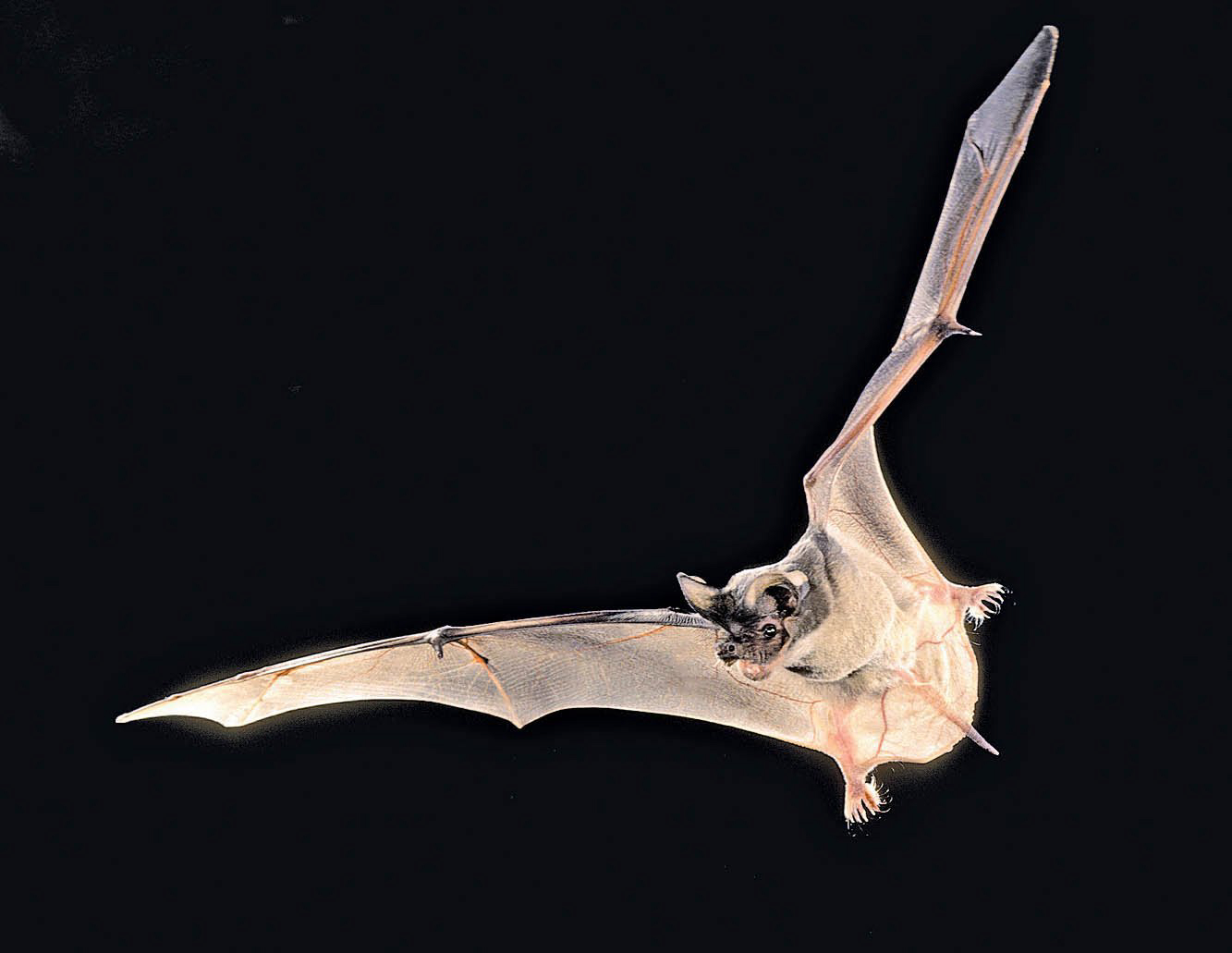In November 2002, a deadly new virus emerged suddenly in the south of China. In less than a year, the disease it caused, known as SARS, spread to 33 countries, sickening more than 8,000 people and killing more than 700. Then it disappeared. Now, researchers say, they have for the first time isolated a closely related virus from bats in China that can infect human cells. “This shows, that right now in China, there are bats carrying a virus that can directly infect people, and cause another SARS pandemic,” says Peter Daszak, one of the authors and president of EcoHealth Alliance in New York City.
Scientists have long suspected bats to be the natural reservoir for coronaviruses such as the one responsible for SARS, or severe acute respiratory syndrome. The animals have been identified as the source of many dangerous viruses, such as Nipah and Hendra, and have also been linked to Ebola and the new coronavirus causing a SARS-like illness, dubbed MERS. In 2005, Daszak and others found viral DNA closely resembling the SARS virus in three species of Chinese horseshoe bats. However, while the sequences of those viral genomes were 88 percent to 92 percent identical with that of the SARS coronavirus, they showed marked differences in a region coding for the so-called spike protein. In the SARS virus, this protein binds to a receptor on the surface of human cells mediating its entry. The differences meant that the bat viruses would not be able to infect human cells. And because some palm civets were found to carry a virus almost identical to the human SARS virus, most researchers have come to believe that SARS spread from bats to civets — probably in a Chinese market, where these and other animals come into close contact — and then to humans.
New strains
Now, new research suggests that civets may not be necessary to start a SARS pandemic. For more than a year, scientists from China, Australia, and the United States collected anal swabs or fecal samples from horseshoe bats at a cave in Kunming, in the south of China. They found coronavirus RNA in 27 of 117 sampled animals. Among the viruses were two new strains of coronavirus that resemble the SARS strain more closely than those previously identified in bats, especially in the part of the genome coding for the important spike protein. The scientists also managed to isolate live virus from one of the animals. In experiments, reported online in Nature, they showed that the virus infected pig and bat kidney cells, and perhaps more important, cells lining the human lung.
The new results cannot resolve whether the original SARS virus moved directly from bats into humans or via an intermediate host, says Columbia University virologist Ian Lipkin, who was not involved in the work. But it shows that a similar coronavirus “has the potential to infect people without an intermediate host.”



